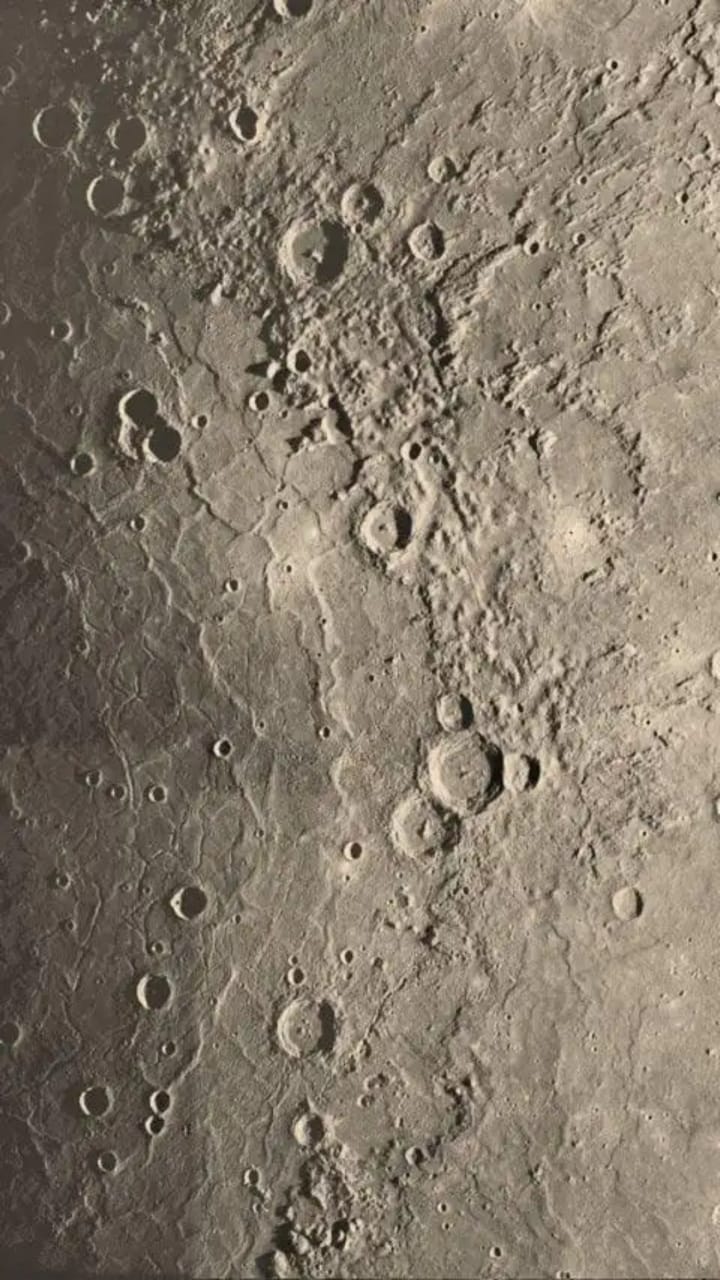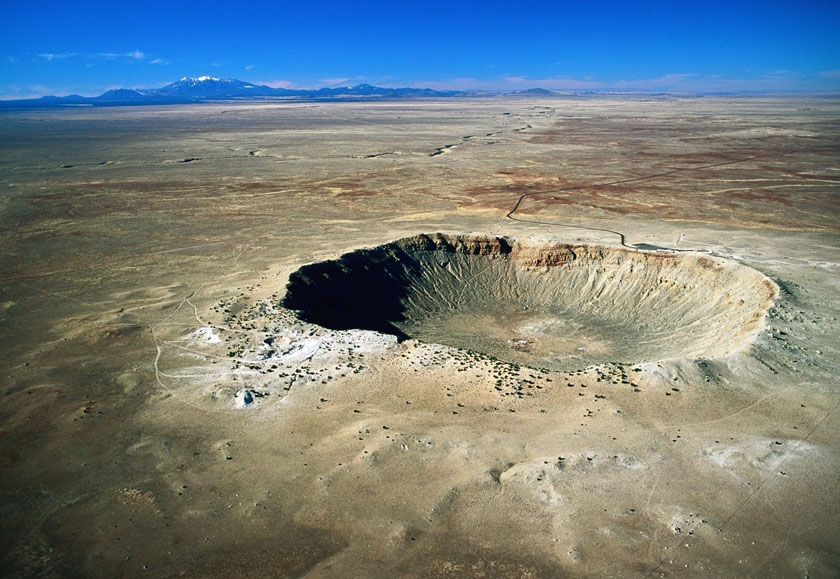Craters are mesmerizing
I’m sure you must have come across an image of the Moon at some point in your life. This bright ball that lights up our night sky has many origin stories. Some
Bruised and Battered a Billion times!

It’s true, the Moon may have been battered a billion times. But it bears or rather wears the scars beautifully on its surface. A Moon with a rather perfectly smooth surface covered in Moondust would be far less intriguing (I think!). This white globe has been indented a several billion times, yet it remains beautifully hung up among the stars. Believe it or not but years of meteorite-crashing and comet showers have now made it possible for us to behold the beauty that lies in this black and white world.
Got time to look up?
I do not know how many of us realize this but every time we look up to the stars from the surface of the Earth, we are actually gazing into the Universe. Looking at the shimmering dots in the sky, we think we are looking at the stars but we are actually looking at light that left those stars reach the Earth a few Billion light years ago. We see those stars not as they are right now, but as they were, Billions of years ago. That’s the job of an Astrophysicist. They look back in
What about Earth’s craters?
Coming back to Craters… it is not just the Moon that has them. Craters are a common phenomenon in the Universe. Interestingly here on our planet, they are far less in number. When compared to Mars (300,000 craters) and the Moon (too many to count), the Earth has just 128 confirmed impact craters. How fortunate is it that the Earth has an atmosphere, water and planets like Jupiter and Saturn that are believed to play a role in shielding our planet from the havoc meteors and comets create elsewhere. Quite fortunate, aren’t we?

The Question of LIFE
The history of the Universe shows us that it is a hostile place to be. Meteors and asteroids bombard the heavenly bodies. Temperature extremes on some worlds make life unimaginable. Yet here is this Blue planet, blooming with life. This question seems to be staring us in the face – “is Earth the only planet that was in itself capable of bringing forth and supporting life? Or,
Is our solar system and in fact the whole Universe immensely fine-tuned and plays a definitive role to make life possible on this one planet? Let’s talk about this in the next post. Meanwhile, gaze outside your window and look at the Moon. It has an important lesson to offer. Scars have a way of making things more beautiful than they could otherwise be.